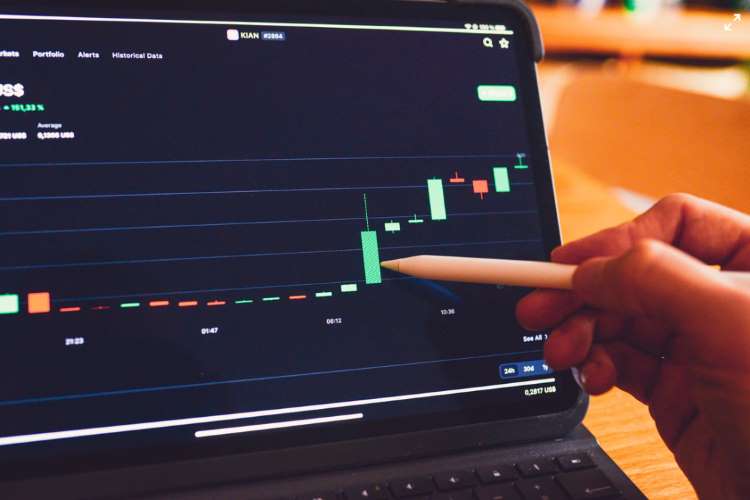The Federal Open Market Committee of the US Federal Reserve will meet today and tomorrow amid expectations of another 75 basis point interest rate hike that will take the benchmark lending rate to 3.25%. The FOMC had raised rates by similar amounts in June and July. Inflation rates are hovering around 40-year records in several countries in Europe, Canada and Asia and central banks will try to match up to the Fed’s three consecutive three quarter point hikes to tame inflation.
The Federal Reserve has already raised its benchmark interest rate by two-and-a-half percentage points since March without making much of an impact on prices. It’s a similar story when it comes to the monetary tightening by other central banks. The Fed may continue its monetary tightening till reaching 3.8% level as per its original inflation targeting plan. Several analysts expect benchmark rate to cross 5% in 2023.
READ | India’s semiconductor industry dreams take wings with Vedanta-Foxconn venture
What an interest rate hike means for other economies?
The interest rate hike in the US will see the dollar appreciating against other currencies and will result in further increases in energy prices. Major importing nations like India will land in trouble as crude is priced in dollars. The countries with heavy debt will also be hurt by a strong dollar.
The possibility of a hard landing by the US economy is a big concern across the world. The US inflation figures for August released last week looked ominous. The annual inflation based on the consumer price index eased slightly to 8.3% on an year-on-year basis, but rose by 10 basis points compared with July. The global markets were expecting better numbers and reacted wildly to the disappointing news.
If the Fed decides in favour of another jumbo interest rate hike, it will push the US economy to the brink of a recession. Not many economies will manage to avert a recession if the world’s largest economy begins to shrink. There is a strong correlation between the US growth and the global economy that moved together in the last four decades. In the four global recessions since 1980, the US economy slumped before the global meltdown.
A World Bank report last week has warned of recession risks across the world with economies rolling back support measures. Many economists expect the US economy to grow in the third quarter ending September, but some of the largest economies in the world are sending out distress signals. Simultaneous rate hikes by central banks at this juncture will have a huge impact on global growth. Several economists fear that jumbo rate cuts may be as damaging as the delayed rate action by central banks last year that pushed the world economy into a crisis.
READ I Energy crisis may trigger European recession, social unrest
Apart from fueling food and energy prices, the runaway inflation has also increased the debt burden of ordinary citizens. People with mortgage and credit card debt saw their repayment burden rising as wages failed to keep pace with prices. To bring inflation back to around 2%, the US economy will need to slow down significantly. The situation will result in up to 3.5 million job losses. Such a situation would mean a recession in the world’s largest economy.
The European crisis is assuming alarming proportions. Europe, which is one of the growth engines of the world economy, is facing a crippling energy shortage after Russia cut natural gas supplies by nearly 75% in retaliation to European sanctions in the wake of the Ukraine conflict. Another worry is that the collapse of the housing market in China may snowball into a major crisis because of the lockdown measures to tackle the Covid-19 pandemic. With the three major engines of global growth threatening to misfire, the likelihood of a recession or stagflation is looming large. And the normal prescriptions for such situations may not work this time.

